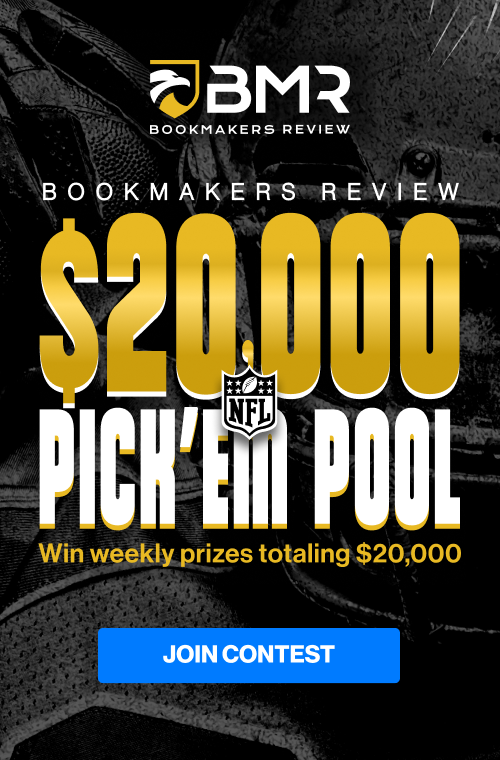You don’t hear nearly as much about NFTs these days. What are these things – and could they still be useful in the future?
Did somebody steal your ape? Tough break, kid. There isn’t a lot of sympathy out there for anyone who purchased NFTs like the ones from the Bored Ape series and then had them stolen from under their nose. Why would anyone pay money for a digital image in the first place? They may as well have been Dutch tulips.
Don’t throw out the baby primate with the bath water. Like most things crypto, there’s still a viable use case for NFTs; you just have to be careful about what you’re doing out here in the Wild West. And it all starts by knowing what you’re dealing with in the first place.
Let’s take a closer look into the essence of NFTs and consider their relevance for playing at crypto betting sites.
What Is A Token?
Chances are you already know that NFT stands for Non-Fungible Token. Still, let’s take a moment to think about the tokens themselves. These are objects that are used to represent something of value; a subway token will get you a ride on the subway, and a crypto token is the digital representation of some asset that “lives” on a blockchain, like a single bitcoin (BTC).
Having a “non-fungible” token simply means that it cannot be replaced by another token. You might be able to right-click and copy the image of a Bored Ape a billion times, but each NFT is a unique digital identifier, pointing at a specific asset on a blockchain. That identifier cannot be copied, or altered in any way.
Why Are NFTs Useful?
Because they provide proof of ownership. Bored Apes may not have any particular function other than as a store of value, but NFTs can also be assigned to represent ownership of things like concert tickets; show your NFT at the door, and they’ll let you in.
This might be the future of commerce. As long as the item you desire isn’t something you need to physically possess, having a decentralized version of that object makes it much easier to buy and sell – and to own. If you buy the NFT for, say, a digital album by The Weeknd, you know you’ll be able to access that album without having to worry about your file getting deleted from a third-party website.
Don’t NFTs Get Stolen A Lot?
It can happen. Seth Green famously had his Bored Ape stolen back in 2022 and ended up paying about $300,000 to get it back – along with three other NFTs that got pinched from his digital wallet. However, that’s because Green fell victim to a phishing attack, where he tried to purchase some NFTs from what proved to be a scam website.
Other members of the “Bored Ape Yacht Club” got swindled, too. Todd Kramer, owner of an art gallery in Manhattan, got fleeced for about $ 2.3 million worth of NFTs. Interestingly, those stolen NFTs got listed on the OpenSea marketplace, which then froze those assets – a centralized response to something that’s supposed to be decentralized. Not everyone was happy about that.
Are NFTs a Scam?
Not by design. For Green, and for Kramer, the problem wasn’t with the Apes themselves – it was the phishing attacks. However, sometimes, a bad actor will create NFTs using someone else’s copyrighted material and pass them off as genuine. This happened to former DC Comics artist Liam Sharp (Green Lantern, Wonder Woman); in 2021, Sharp decided to close his virtual gallery on the DeviantArt website because of copyright theft.
This doesn’t mean that NFTs are a bad thing. Forgeries have plagued the art world since time immemorial, but like other new technologies that have come along, NFTs have made it easier for criminals to do their dirty business.
How Do I Use NFTs Safely?
First and foremost, if you’re purchasing an NFT as a speculative investment, think twice. As you can see, you do have to worry about thieves – those who take your NFTs, and those who steal other people’s intellectual property.
Instead, consider NFTs with a proper use case. If you’re a movie buff, for example, you might be interested in the Lord of the Rings NFT, which is like a souped-up DVD of the Fellowship of the Ring. Or maybe you’re into rap; Nas has NFT versions of some of his songs.
Whatever you end up buying, remember to use the same golden rule that applies to crypto: Not My Keys, Not My NFTs. Most NFTs are created using Ethereum “smart contracts,” and in the end, whoever controls the contract controls the token.
You can avoid this by looking for Ordinal NFTs, which live on the Bitcoin blockchain; each one is a satoshi (the smallest possible denomination of BTC) inscribed with data. For now, these represent a drop in the bucket compared to what’s available on Ethereum, but at least you’ll have some peace of mind to go with your shiny new NFTs. Use them wisely.













